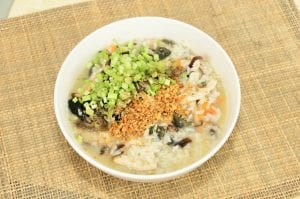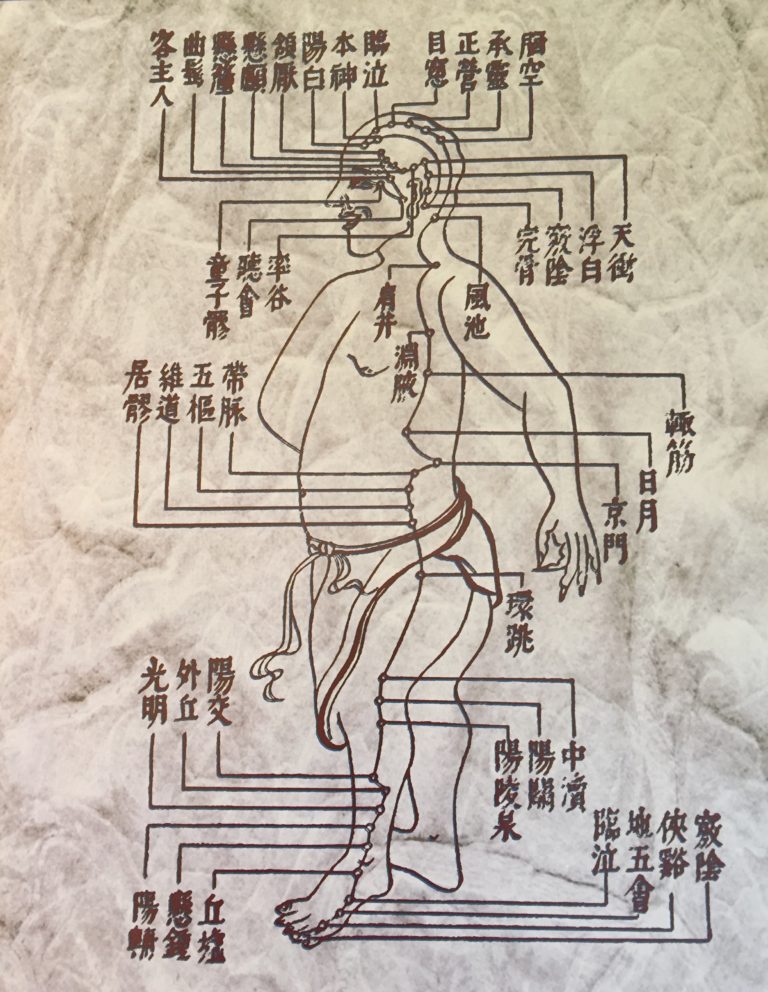How to up your breakfast game: the gift of a “wet” breakfast
By exploring a traditional and versatile Asian breakfast meal called Congee or Jook, you can incorporate enough variety to keep it interesting, transform breakfast into a healthful cooking practice, and even have tasty left-overs for tomorrow! Bonus: Congee is so versatile you can also have it for lunch or dinner!
Congee can improve your digestion, your health and even clarity of thought.
Acupuncture practitioners of old recognized that the organs of digestion followed a pattern of when they were most active, generally between 5 a.m. and 11 a.m. So how we start our day, how we fuel our bodies, has the potential to impact the rest of the day. Fueling the body is not the same as jump-starting it with caffeine, just sayin’.
Although it is trendy to avoid grains and carbs these days, the basic metabolic problem is more related to sugar intake. According a recent New York Times sugar challenge, breakfast is one of the nation’s most sugary meals. So here’s how to change that up.
Andrew Sterman, an accomplished Qi Gong practitioner, food writer and musician, has taken a deep dive into “why congee,” how it benefits virtually everyone, and a step-by-step cooking lesson. Grab a cup of tea, start reading, and get ready to make a grocery list for your first batch!
Since we continue to live only by breathing and eating, it makes sense that appropriate food is critical to our health. As the elders say, “food is the first medicine.” This is why so many contemporary chronic diseases are related to nutritionally poor food or worse: lack of food, i.e., those who are food insecure. The function of the digestive organs is to take food and transform it into energy to power our mind & body. At the mind level, these organs also helps us to take in (or reject) information and make sense of our world. This might explain why some people do their best thinking in the morning, when they can “digest” information better and make good decisions about it.
I started experimenting with congee when I first began studying acupuncture, but –confession- never quite perfected the recipe. That’s why I appreciate Sterman’s guidance so very much. I hope you do, too.
So rather than experimenting with another loaf of bread or dessert recipe, give congee a try and see how it transforms your morning, maybe even your life.







I have never heard of Congee until today and now I am fascinated. I will definitely check out the lesson and try it. Always doing my best to improve my health and try new things so my children grow to appreciate different foods.
Giving children a choice of toppings or add-ins may encourage them to give it a go. That’s one of the great things about congee: it promises infinite variety, although most of us get in a groove or two (sort of like how you prefer your morning oatmeal!).
What’s in it? I agree that breakfast is important, and I do need to figure out how to make it more healthy.
The basis of congee is rice, but other grains can also be used. The link has detailed recipe ideas. It’s a very flexible meal, so for those who get bored easily, it can be changed up with many different flavors, such as ginger, scallion, fruit, eggs, nuts, even meat if that’s in your diet.
It’s primarily rice and water, but one of the neat tricks with congee is that you can substitute other grains, like millet. You can make it savory, which is friendly for digestion and rebuilding health, or sweeter for children (and adults with a sweet tooth), although not sugared. You can make it heartier or simpler as your needs and dietary issues require.